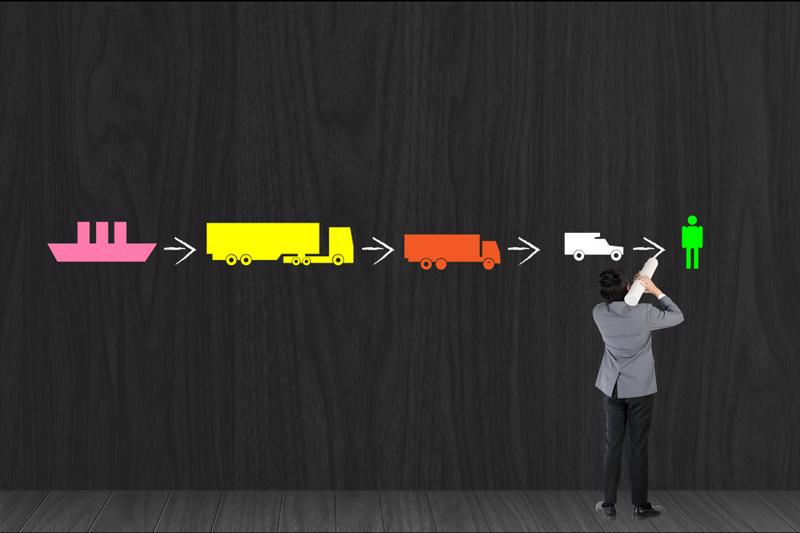Consumers want to be assured that the products they purchase are the genuine article and of the highest quality possible. However, experts increasingly say that because of how complicated the global supply chain and the rising prevalence of "gray-market" commerce are, it may not always be easy for companies to keep bootleg items from reaching their shelves.
Recent estimates from the Organization for Economic Cooperation and Development shows about 1 in every 20 products purchased by consumers in the U.S. is counterfeit these days, and that number is rising, according to Logistics Management. A large part of this is specifically because of the gray market, in which genuine products are removed from the supply chain - either directly from the factory or somewhere in transit - and sold at a discount. At the same time, counterfeit goods are becoming easier to make and pass off as the real thing.
Today, the vast majority of bootleg or gray market items come from China, but other nations - including India, Malaysia, Pakistan, Thailand, Turkey and Vietnam - generate sizable portions of the counterfeit market as well, the report said. Indeed, some of those countries are seeing their foothold in the counterfeit market growing these days, and companies may find there's little in place to prevent the trend; in fact, U.S. Customs and Border Patrol only stops about 1% of counterfeit goods coming into the country.

One area where this trend may be particularly concerning is when it comes to food and drink, according to Business Insider. The fact that people will consume these products means quality control is of the utmost importance, but bootleggers cannot be counted on to uphold any such standards. A recent unfortunate case in Costa Rica highlights this quite well: 25 people there died after drinking bootleg alcohol tainted with methanol.
The International Alliance for Responsible Drinking estimates that almost one-fifth of all alcohol in the Central American nation is counterfeit, and unfortunately the most recent incident is not isolated, the report said. These products often end up in perfectly reputable establishments, and typically they aren't purchased knowingly. Often, the people doing the ordering may just think they're getting a slightly better deal on a normal order.
What can be done?
Experts say that while there's no way to ensure there is nothing but real products in your supply chain, steps can certainly be taken to reduce that risk, according to QSR Web. For instance, advanced technologies including the blockchain may be used to identify products at every step of the chain, from factory floors to transport vehicles to store shelves. That may be especially useful in sourcing food and drink products to better ensure products are safe to consume.
The more that can be done at every step of the supply chain to better monitor for quality in any type of product, the better off companies will be in keeping consumers' confidence.



Post A Comment:
0 comments so far,add yours